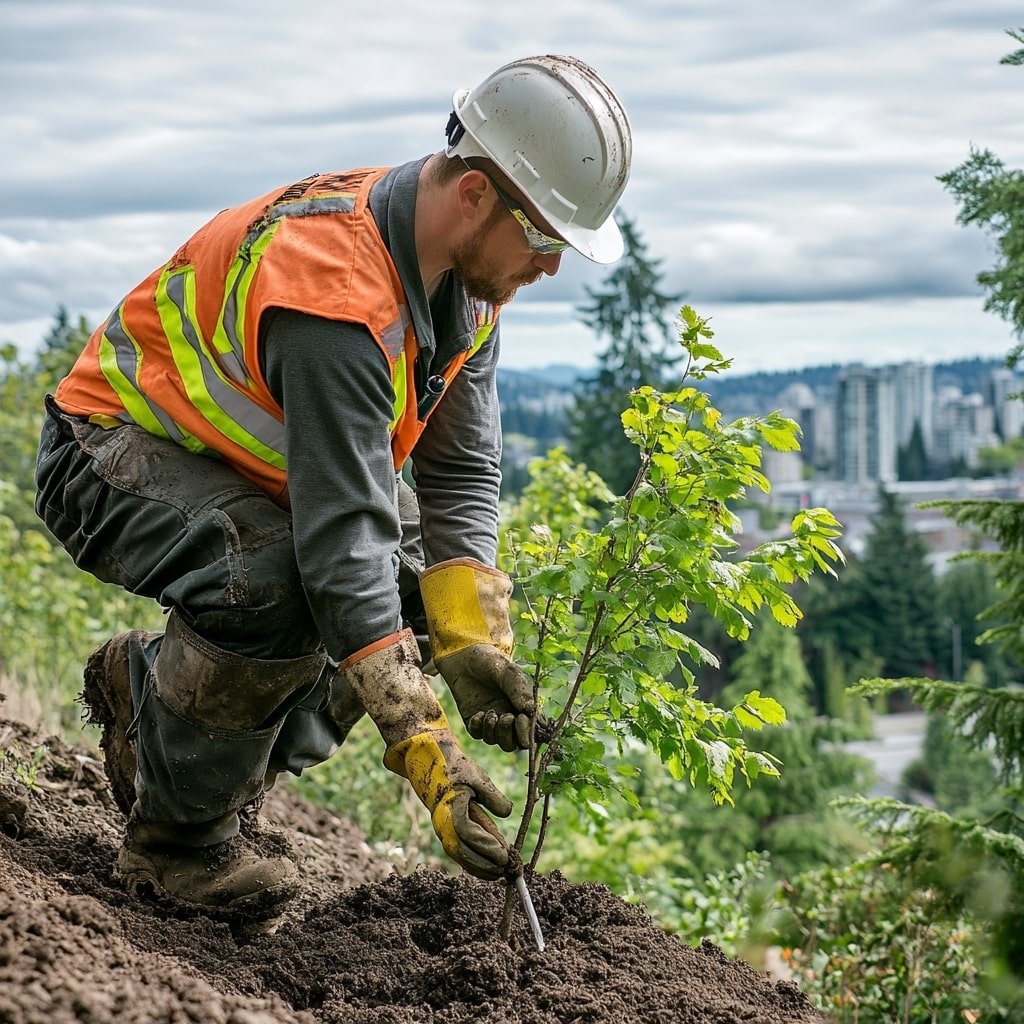I first came across this issue in Langley. One of my clients used to have a weeping willow close to his house. It began affecting the water supply long after it had reached maturity. The conclusion to this problem was to have it removed.
Weeping Willows have an extensive root system. These roots spread far beyond the reach of a normal tree and move at an aggressive speed. Damage pavements such as sidewalks and driveways, as well as damage buried structures is a real possibility. In order to prevent any damage from occurring due to the aggressiveness of these roots, it is recommended that you use protective root barriers around any buried structures you may have.
I highly recommend using professional tree removal service for this kind of job, contact us using our contact us page
or give us a call (604)721-7370
The Growing Habits of the Weeping Willow
The Weeping Willow doesn’t necessary have the most normal growing habits out of the family tree. Their roots are not only shallow, but they also spread out in every direction. If one were to expose the roots of the willow tree it would become noticed that the roots reach out to three times its distance from the edge of the foliage.
When this tree is fully matured its foliage can reach from anywhere between 40 to 75 feet, the roots of a matured tree of a larger size can reach to approximately 100 feet from the center point of the trunk.
Where to Plant Your Tree
Like previously stated, choosing the proper location to plant this tree in necessary. Since its roots can reach enormous lengths, it is important for this particular specimen to have an open growing space. It is recommended that you plant your tree in a full sun; however, they do tend to enjoy partial shade as well. A Weeping Willows roots will grow in just about any soil, but it does prefer either loam or sand, and the soil has to be well-drained and free of any other competing roots. Planting your willow in an area that has proper drainage will also prevent fungi and root rot in the soil.
How to Take Care of Your Roots
The roots of the willow are sensitive so when you are taking care of your lawn you need to make sure that you don’t disrupt the soil around the roots. If you need to mow your lawn you need to be extra careful to keep them safe.
Protective Measures
We talked about root barriers earlier in this article, but now we are going to provide a bit more information for the folks of Langley. You already know that these roots can damage any underground structure. However, you can stop this from happening by using physical barriers. These barriers are made out of metal or plastic and are buried in between your willow and your underground structures. This reduces the risk of your roots damaging anything quite significantly.
You can also use wire mesh barriers to prevent the bigger roots from spreading first. Wire mesh barriers allow small roots to spread further and for the water to drain out. The only downside of the metal and plastic barriers is that they can cause the roots to grow around them and they also affect the drainage of the water in the process.





